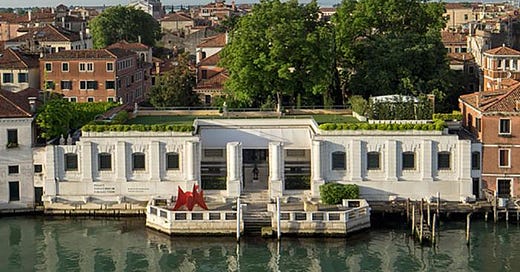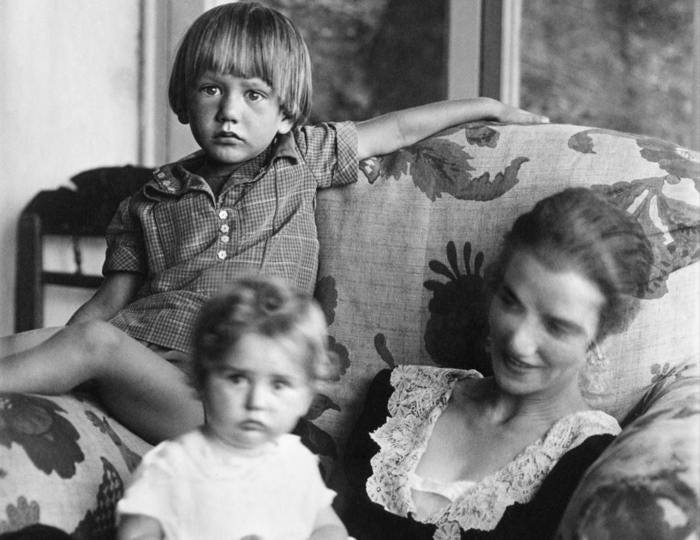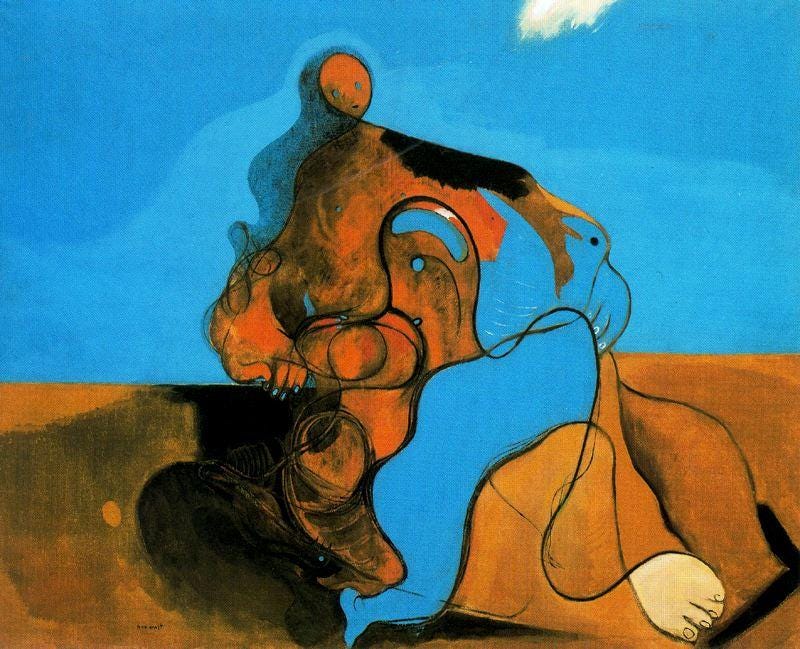If you find yourself sipping a cappuccino in Venice, admiring the Grand Canal, you might stumble upon Palazzo Venier dei Leoni.
This gem of a museum was once the home of the inimitable Peggy Guggenheim, an heiress, art collector, and patron of the arts.
The life of Peggy was a whirlwind of art, love, and eccentricity — a story so fascinating that you'll want to buckle up for the ride.
A Silver Spoon Beginning
Marguerite "Peggy" Guggenheim was born on August 26, 1898, in New York City. Peggy was a member of the fabulously wealthy Guggenheim family, who made their fortune in mining and smelting. Her father was Benjamin Guggenheim, while her mother, Florette Seligman, hailed from a prominent banking family.
Her uncle was Solomon R. Guggenheim, a great art collector and owner of the eponymous museum in New York.
In 1912, at the age of 14, Peggy lost her adored father: Mr Guggenheim, who at the time was in Paris, decided to return to America. The ship on which he was supposed to travel had broken down, so he opted to cross the Atlantic on the Titanic instead.
He lost his life during the shipwreck (he is even briefly depicted in the Academy Award-winning film by James Cameron), giving up his place in the lifeboat to women and children: he waited for the moment of his death in a tuxedo, smoking cigars and drinking cognac.
The Black Sheep of the Family
Growing up in Manhattan, Peggy was surrounded by a life of privilege and comfort, but she never quite fit in with the high-society crowd.
Peggy's education began at the conservative Lenox School, located in Manhattan: the school was known for its strict academic environment and traditional curriculum. After her time at Lenox, Peggy moved to the progressive Finch School, also in New York City. The Finch School was at the time an innovative institution that emphasised experiential learning and interdisciplinary studies.
Despite her exposure to these educational environments, Peggy Guggenheim did not continue her education at the university level. Instead, she embarked on a cosmopolitan journey that would lead her to become a prominent figure in the world of modern art.
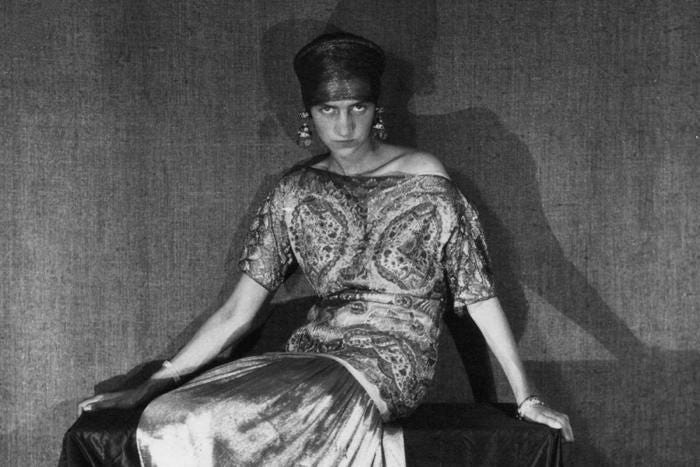
Escape to Europe
In 1921, Peggy bid adieu to the New World and set sail for Europe.
She moved to Paris where, in 1922, she married Laurence Vail, a penniless writer and dadaist artist, with whom she had two children: Sindbad1 (born in 1923) and Pegeen2 (born in 1925).
Living in Paris, she mingled with some of the greatest minds of the time, including James Joyce, Marcel Duchamp, Man Ray and Djuna Barnes.
Already, Peggy's life was the stuff of legends as these connections and friendships played a crucial role in shaping her vision as an art collector and patron.
Unfortunately, her marriage to Vail was not all roses and champagne: their tumultuous relationship was peppered with reciprocal infidelity and abuse. During her time in Paris, she also had romantic relationships with other prominent figures in the art world, including writer Samuel Beckett and sculptor Constantin Brâncuși. She eventually divorced Vail in 1928.
In 1928, while holidaying in Saint Tropez, Peggy met John Ferrar Holms, a British writer and soldier (he survived the devasting Battle of the Somme, was captured by the Germans and spent years in prison camps in Karlsruhe and Mainz), with whom Peggy had a passionate relationship.
“John Holms and I did nothing but travel for two years. We must have gone to at least twenty countries and covered ten million miles of ground.”
Finally, after three years of travelling mostly around Europe, in 1931 they settled in London.
Holms was considered the great love of her life, but their relationship ended tragically when he died during a routine surgery to fix a broken wrist in 19343: she never got over her lover and she is said to have jinxed many subsequent relationships by her constant harping on his ‘genius’.
Peggy eventually married Max Ernst, a German surrealist artist, in 1941. Spoiler alert: that marriage didn't last either and they divorced five years later.
The Art of Collecting
It was in London during the 1930s that Peggy truly found her calling.
In 1938, she opened her first gallery in London at 30 Cork Street, Mayfair, and she named it “Guggenheim Jeune” (as a nod to her uncle Solomon R. Guggenheim's New York gallery), with the help of her friend and mentor (and, at times, lover), Marcel Duchamp.
The gallery showcased the works of emerging artists, including Vasily Kandinsky, Yves Tanguy, and Jean Cocteau.
However, the Guggenheim Jeune experimental gallery was short-lived and closed in 1939, as Peggy shifted her focus to creating a larger collection of modern art that eventually formed the basis of her famous museum in Venice, Italy.
In 1939, with World War II looming, Peggy embarked on a mission to "buy a picture a day."
She took advantage of the depressed European art market and scooped up works by Picasso, Max Ernst, and Salvador Dalí, among others: she had a keen eye for spotting talent and amassed one of the most significant collections of modern art in the world.
"I took advice from none but the best. I listened, how I listened! That's how I finally became my own expert."4
During WWII, Peggy Guggenheim was in Paris, where she continued to buy artworks for her future museum. However, with the quick advance of the German army towards Paris, she was forced to return to New York and face the prospect of leaving her art collection in the hands of the Nazi.
She promptly asked the Louvre for help, hoping that she could leave her artworks in their protection for the duration of the war. However, the museum declined, declaring that her collection was not worth saving.
With the help of a few friends, she then secretly smuggled her entire collection to the United States, labelling and declaring them as "household objects".
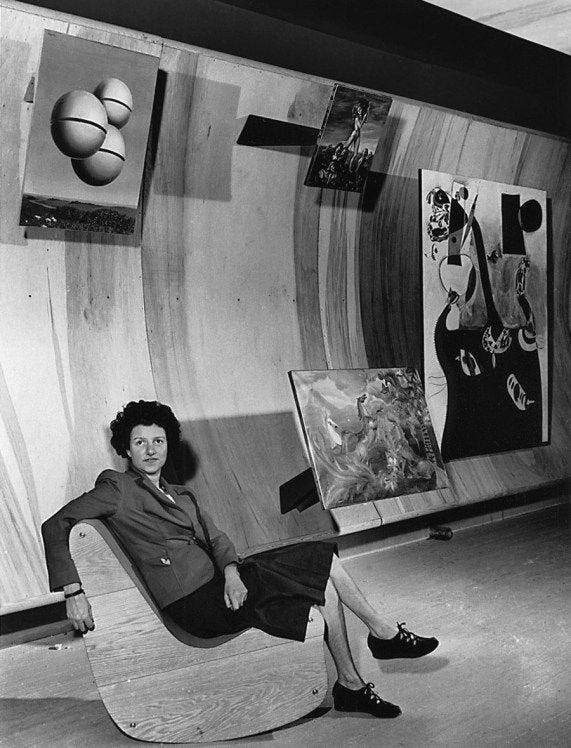
Once she fled to New York, Peggy opened “Art of This Century”, a gallery-cum-museum that showcased her collection: the museum was located at 30 West 57th Street in Manhattan. It opened on October 20, 1942 and it was here that she championed American Abstract Expressionism and launched the careers of artists like Jackson Pollock and Willem de Kooning (later represented by renown art dealer Xavier Fourcade, whom we briefly mentioned in the Adorable Story #9 about his brother, Vincent).
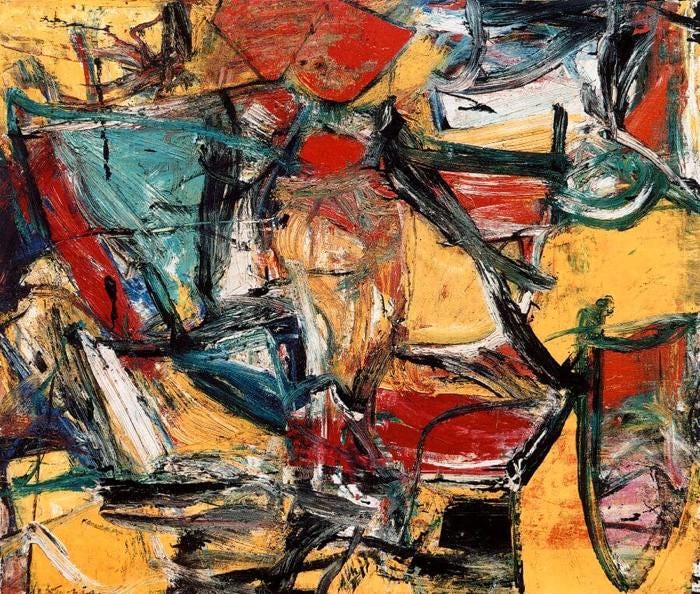
Venice: A Love Affair
Peggy's love affair with Venice began in 1946 when she was invited to exhibit her collection at the Venice Biennale: she accepted the invitation and brought her collection to the 1948 Greek Pavilion (as the American Pavilion was already occupied that year).
The exhibition was a great success and garnered significant attention for her collection. During her time in Venice, Peggy fell in love with the city and its atmosphere. She decided to find a permanent home for her art collection in Venice and eventually settled on the 18th-century Palazzo Venier dei Leoni, located on the Grand Canal. She purchased the palazzo in 1949 and moved back to Europe together with her collection.
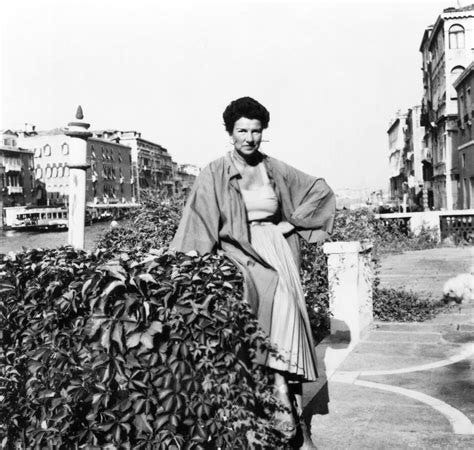
Peggy Guggenheim opened her collection to the public in 1951, allowing visitors to view the artworks in the unique setting of her Venetian Palazzo.
Over the years, the collection grew and gained international recognition.

The Legacy Lives On

Peggy Guggenheim passed away on December 23, 1979, but her legacy endures in the Peggy Guggenheim Collection in Venice: the museum is a testament to her eclectic taste, with masterpieces by Picasso, Morandi, Fontana, Pollock, Ernst, Kandinsky, and many more.
Peggy is interred in the garden of her Palazzo Venier dei Leoni: if you happen to stroll around the blissfully quite Museum’s garden, you will find a simple gravestone marking her burial site, alongside the graves of her beloved dogs.
The inscription next to her tombstone reads: "Here lie my beloved babies".
— Alberto @
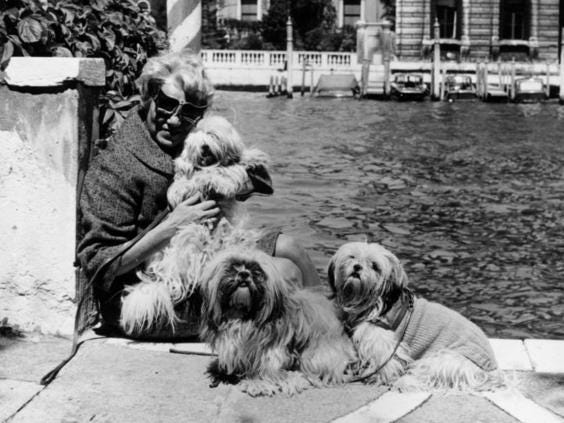
Sindbad Vail was a writer and editor. He led a relatively private life compared to his mother and sister. He passed away in 1985.
Pegeen Vail Guggenheim was an artist known for her colorful, figurative paintings. She was part of the post-World War II School of Paris, and her works were exhibited in various galleries and museums. Tragically, Pegeen struggled with depression throughout her life and committed suicide in 1967.
Information about John Ferrar Holms death is extremely limited but apparently after breaking his wrist due to a fall while riding back home under heavy rain, he deferred multiple times a surgery to fix his cracked wrist bones. He eventually agreed with his friends who tried for months to convince him to have his wrist fixed by a surgeon. Unfortunately, years of alcohol indulgence apparently exponentially magnified the effect of the anaesthesia and he died during the much deferred surgery.
Peggy Guggenheim, Out of This Century: Confessions of an Art Addict, 1946.


